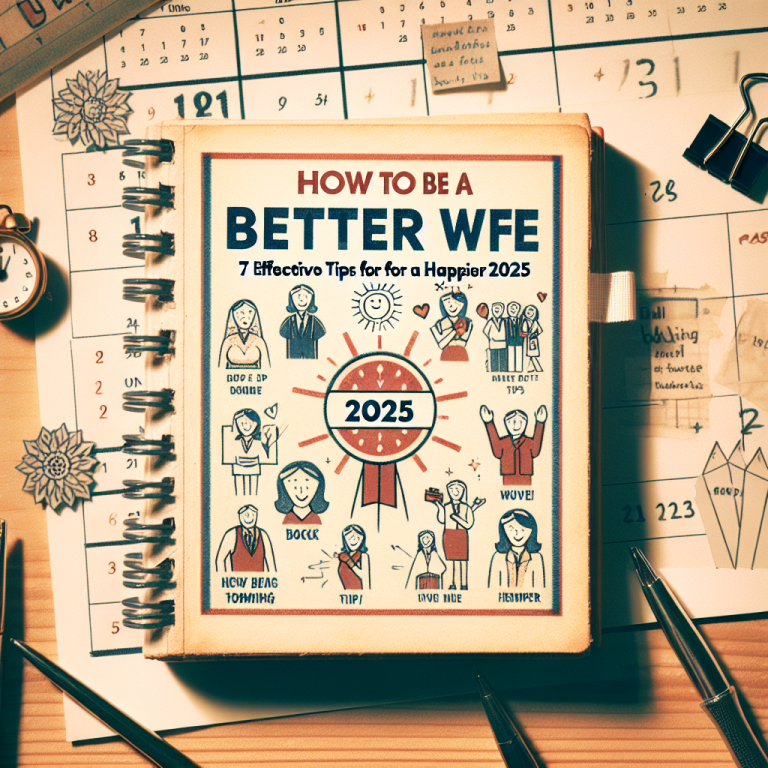How your attachment style impacts your marriage
Understanding Attachment Styles
What Are Attachment Styles?
Attachment styles are basically the patterns of how we relate to our partners based on our early experiences. It’s like a playbook we carry from childhood into adulthood, guiding our interactions in relationships. When I first learned about this, it was like uncovering a hidden map that explained a lot of my past relationships.
There are mainly four types: secure, anxious, avoidant, and disorganized. A secure attachment style is the gold standard—it means you feel comfortable with intimacy and independence. On the flip side, an anxious style might leave you craving too much closeness, while an avoidant attachment can make you shy away from intimacy altogether. It’s crucial to identify where you fall in these categories.
So, why should you care? Because understanding your attachment style can illuminate why you and your partner may clash or why you thrive together. It was eye-opening for me, seeing how my attachment style shaped my marriage.
The Impact on Communication
How Style Shapes Your Conversations
Communication is the backbone of any relationship, and your attachment style plays a huge role in how effectively you communicate. Personally, I’ve noticed that when I’m feeling secure, I express myself freely. But when I’m feeling anxious, I can turn a simple conversation into a whole drama.
For instance, if one partner has an anxious attachment, they might seek constant reassurance, which can come off as clingy. On the other hand, if you’re dealing with someone who has an avoidant attachment, they might shut down or withdraw when discussions get too deep. It’s like a dance; if one of you is offbeat, the whole performance can fall flat.
This mismatch can lead to misunderstandings and frustration between partners. I’ve found that tapping into this idea really helped both myself and my spouse navigate those tricky conversations better, leading to more productive and less heated discussions.
Conflict Resolution Styles
How Attachment Styles Shape Conflict
Every couple fights—that’s just part of being human. However, how we handle conflicts often stems from our attachment styles. If you’re secure, you’re more likely to deal with disagreements openly and constructively. I wish I had known more about this earlier in my marriage; a little knowledge would have saved us some headaches.
On the other hand, someone with an avoidant style might avoid conflict altogether, leading to unresolved issues. I’ve experienced times when my spouse and I would tiptoe around an argument, only for it to balloon into something much bigger down the road. Learning how to recognize these patterns is crucial.
Understanding how our styles affect conflict resolution can empower us to tackle disagreements more effectively. We’ve started addressing issues head-on rather than letting them fester, which has made a world of difference in our relationship.
Emotional Intimacy
The Connection Between Style and Intimacy
Emotional intimacy is a vital component of a successful marriage, and your attachment style influences how you connect with your partner. Those with a secure attachment style usually find it easier to share their emotions and feel supported, while others may struggle due to fear of vulnerability.
In my own experience, I’ve seen how being open and honest about feelings has built a strong emotional foundation between my partner and me. However, I’ve also felt that pang of hesitance when trying to express deeper feelings—especially when tensions are high. If left unaddressed, this can create a wall between partners.
Utilizing tools such as regular check-ins and sharing feelings openly has helped us maintain that emotional connection. It’s about consciously working on this aspect, and after a lot of trial and error, it’s become something we both cherish.
Future Commitment and Expectations
How Your Style Affects Long-term Plans
Each partner’s attachment style also influences their views on long-term commitment and the expectations they hold. For example, an anxious partner might worry about the future and constantly seek affirmation, while an avoidant partner may feel overwhelmed by the idea of long-term commitment.
In my marriage, I’ve seen how different our expectations were at the beginning. I was all about figuring out our five, ten, and twenty-year plans, while my spouse preferred to keep things more in the present and not get too ahead of ourselves. Recognizing these differences allowed us to have more realistic core conversations about the future.
It’s essential to communicate these feelings and expectations clearly. We’ve learned that approaching discussions about the future with empathy and understanding can bridge the gap between our different outlooks and strengthen our commitment to each other.
Frequently Asked Questions
1. What are the different types of attachment styles?
There are four main types: secure, anxious, avoidant, and disorganized. Each style affects how we connect and communicate in relationships.
2. How does my attachment style impact my marriage?
Your attachment style influences your communication, conflict resolution, emotional intimacy, and expectations for the future, ultimately shaping the nature of your marriage.
3. Can my attachment style change over time?
Yes! While your core attachment style may stay the same, life experiences, therapy, and conscious efforts can lead to changes in how you relate to your partner.
4. How can I find out my attachment style?
There are self-assessment quizzes available online, but reflecting on your past relationships and emotional responses can also give you helpful insights.
5. What can I do to improve my relationship based on my attachment style?
Open communication, seeking therapy, and learning more about secure attachment behaviors can help improve how you relate to your partner. It’s about growth and understanding together!
Related Content
- The Ultimate Guide to Dating Culture in Japan Explained (2025) | Top Strategies & Tips
- Why Women in Charlotte Are Attracted to Confidence in Online Conversations
- How to Make Women Feel Comfortable and Excited in Your Presence
- How to Use Instagram and Facebook to Attract and Meet Women in Charlotte North Carolina
- 10 Powerful Passport Bros Documentary Style Stories That Reveal True Journeys in 2025









